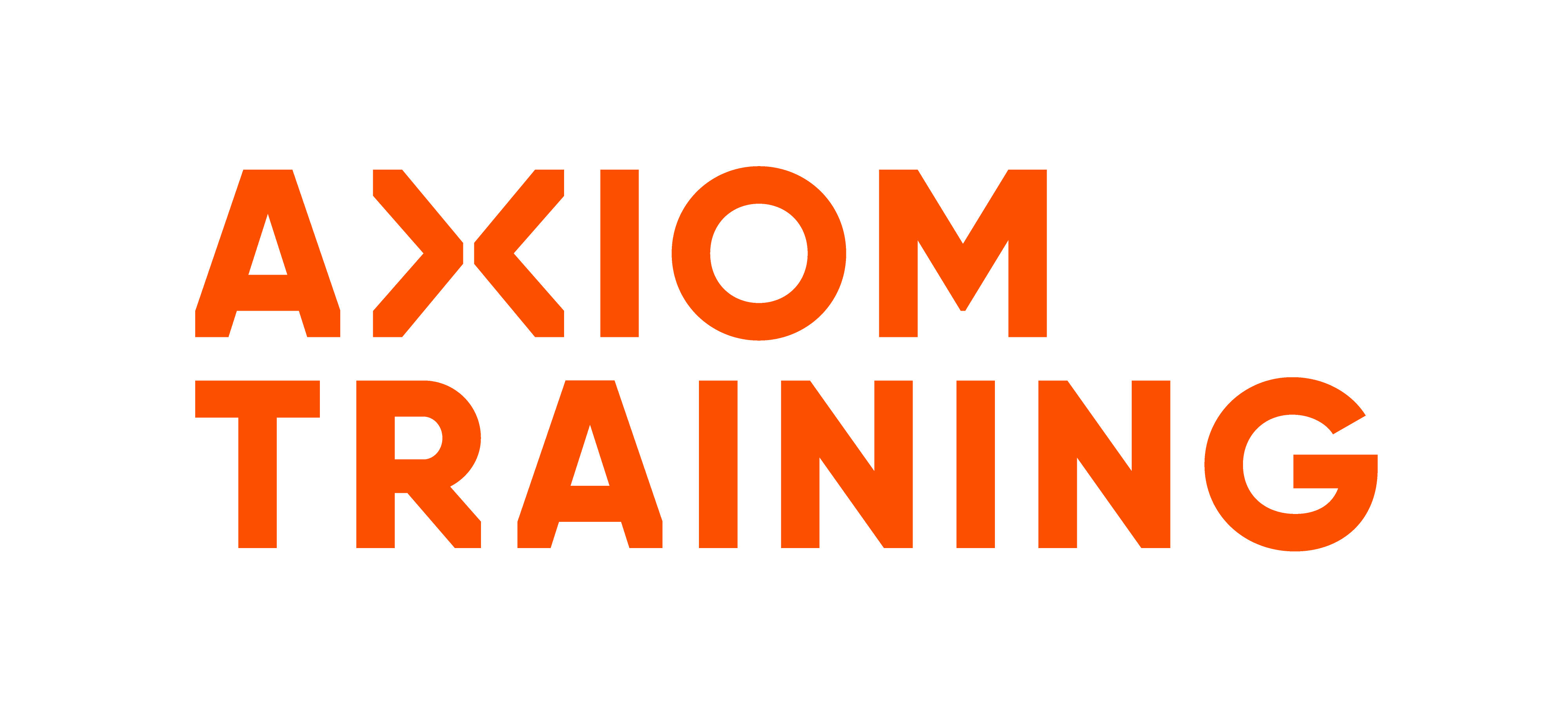White Paper: Height Safety a Priority
Health and Safety White Paper
Working from heights is just another day at the office for many Kiwi tradies. From roofers, builders and air conditioning installers through to painters, plumbers – and even chimney sweeps – roof work is often a non-negotiable part of the job.
But the risks are high, and for numerous workers, each year, a fall from height can have devastating and life-changing consequences.
According to WorkSafe New Zealand, these falls cost the country $24 million annually, and the toll on the livelihoods of workers and their families is far, far greater. In the construction sector, residential building sites are the biggest offenders – more injuries happen there than in any other construction workplace. Not surprisingly, the majority of falls are from ladders and roofs, and investigations show that over half of them are from less than three metres.
Preventing these falls is a top priority for WorkSafe, and it has been for over a decade. In that time the organisation has worked tirelessly to push out its ‘Preventing Falls from Height Project’, a targeted programme designed to bring down the death and injury toll among those working on roofs. The programme highlights the importance of ongoing hazard assessment and identification, the creation of well-thought-out work plans and safety checklists, and the value of ‘toolbox talks’ to ensure everybody on site is up with the play.
https://www.worksafe.govt.nz/topic-and-industry/working-at-height/roofs/working-on-roofs-gpg/
Eliminating height hazards by avoiding working at height is the best line of defence - but when it’s unavoidable, WorkSafe says controls like the installation of edge protection (think scaffolding and guard rails), safety nets, and the use of restraint systems go a long way towards boosting workplace safety. And don’t forget, it’s illegal for anyone under the age of 15 to carry out construction work.
Education and training play a vital role in building height safety awareness and ultimately preventing deaths and injuries. And as Safety ‘n Action’s Nicholas Matzopoulos explains, that training should not just be reserved for those actually scaling the heights.
“PCBU’s are responsible for the health and safety of their workers and they must ensure workers are either sufficiently experienced to do their work safely or are supervised by an experienced person,” he says. Similarly, a principal to a contract is responsible for the health and safety of employees of contractors and subcontractors – putting work out to contract doesn’t remove any of the principal’s health and safety obligations!
Nicholas says it is paramount that PCBUs (Persons Conducting a Business or Undertaking) are well-versed in their responsibilities and obligations to keep workers safe. Safety ‘n Action’s two-hour Health and Safety Board & Management Overview covers all this and more.
https://www.safetynaction.co.nz/en/our-courses/course-catalogue/health-and-safety-board-management-overview/
“Attendees will wrap up the two hours with a clear understanding of current health and safety legislation – and their legal duties and responsibilities – and an awareness of notifications, fines, penalties and undertakings.”
Meanwhile, for those at the coalface, the full-day Height Safety Introduction could quite literally be a lifesaver.
https://www.safetynaction.co.nz/en/our-courses/course-catalogue/height-safety-introduction/
Not only does it outline the legal requirements, systems and procedures to conduct work at height safely, but it covers hazards associated with scaffolds, ladders, and guardrails and teaches learners how to use different types of fall arrest systems and equipment. Practical scenarios like work positioning, restraint systems and developing a rescue plan are also incorporated.
Another programme that’s also saving lives is Safety ‘n Action’s Hazard and Risk Management, which covers legislative requirements and documentation for risk management, the effectiveness of controls and application of the risk management cycle (identifying hazards, assessing and controlling risks, monitoring controls and reviewing for continuous improvement).
https://www.safetynaction.co.nz/en/our-courses/course-catalogue/hazard-and-risk-management/
“Effective hazard and risk management significantly reduces the chance of harm occurring, including falls from height. And that means safer more productive workplaces for New Zealand businesses.”
And for Nicholas and the entire team at Safety ‘n Action, there’s nothing more worthwhile than that.
View training solutions
-
Height Safety Advanced
Gain a comprehensive understanding of the legal requirements and management of proprietary height safety systems and procedures. Unit standards covered: 17600, 23229, 25045 and 15757
-
Height Safety Introduction
Understand the legal requirements, systems and procedures to conduct work safely at height. Unit standards covered: 17600, 23229 and 25045
-
Height Safety Equipment Inspection
Understand the legal requirements, methodology and procedures to inspect height safety equipment. Unit standards covered: 19359
-
Hazard and Risk Management
Effective hazard and risk management reduces the chance of harm occurring, resulting in a safer and more productive workplace for you and your team. Unit standards covered: 30265 and 497
-
Health and Safety Board & Management Seminar
Gain clarity and an in-depth understanding of the duties and responsibilities of the Board and Management teams in relation to the Health and Safety at Work Act




